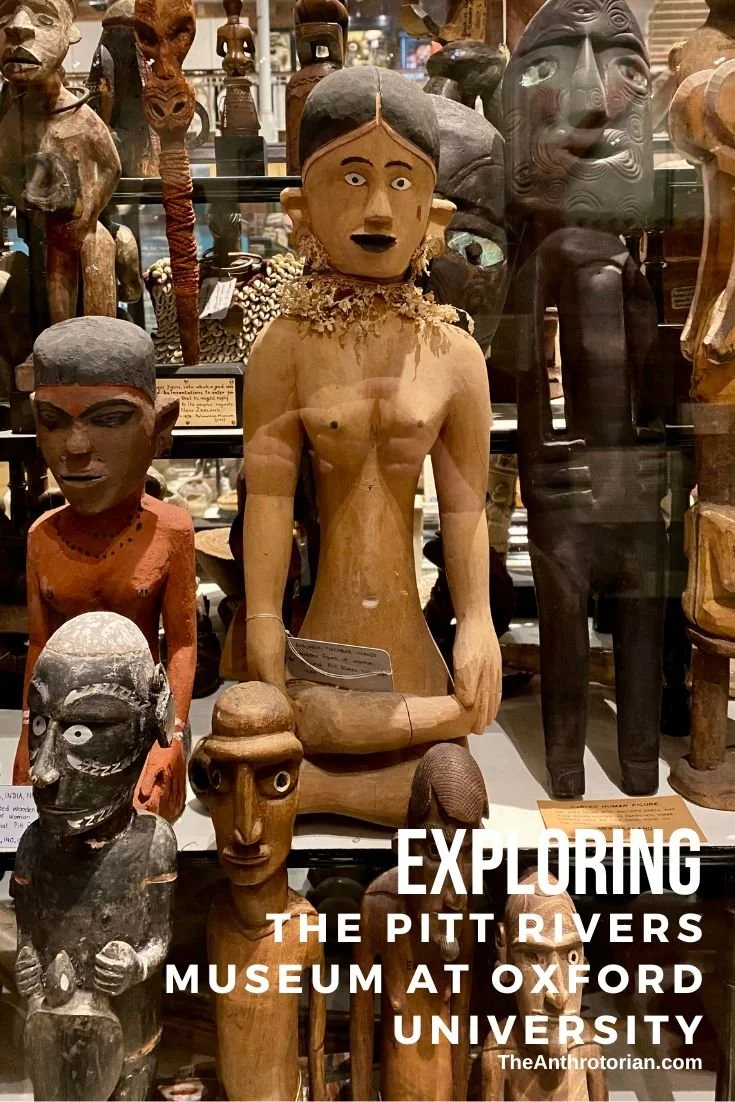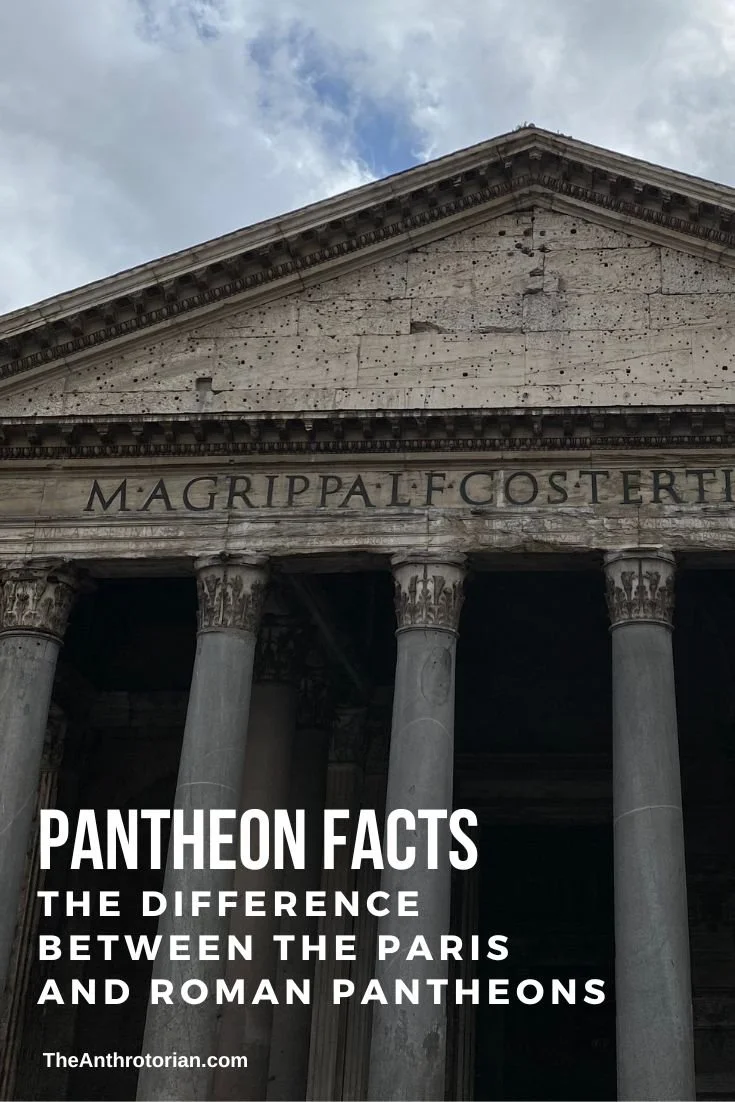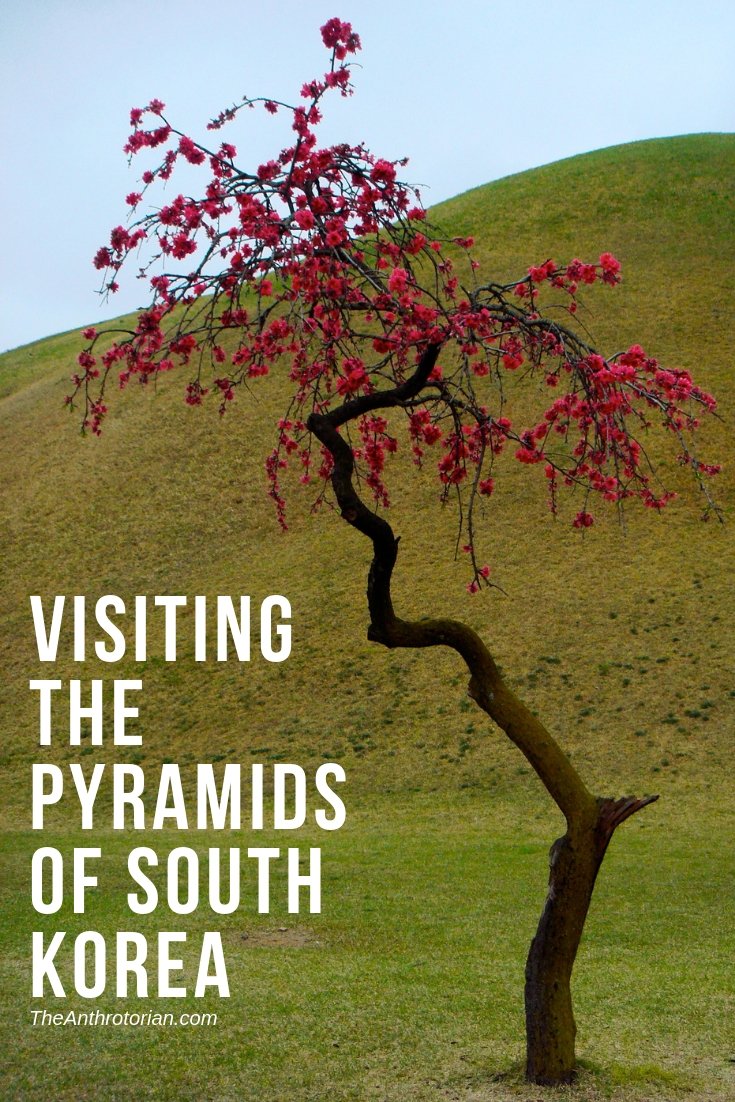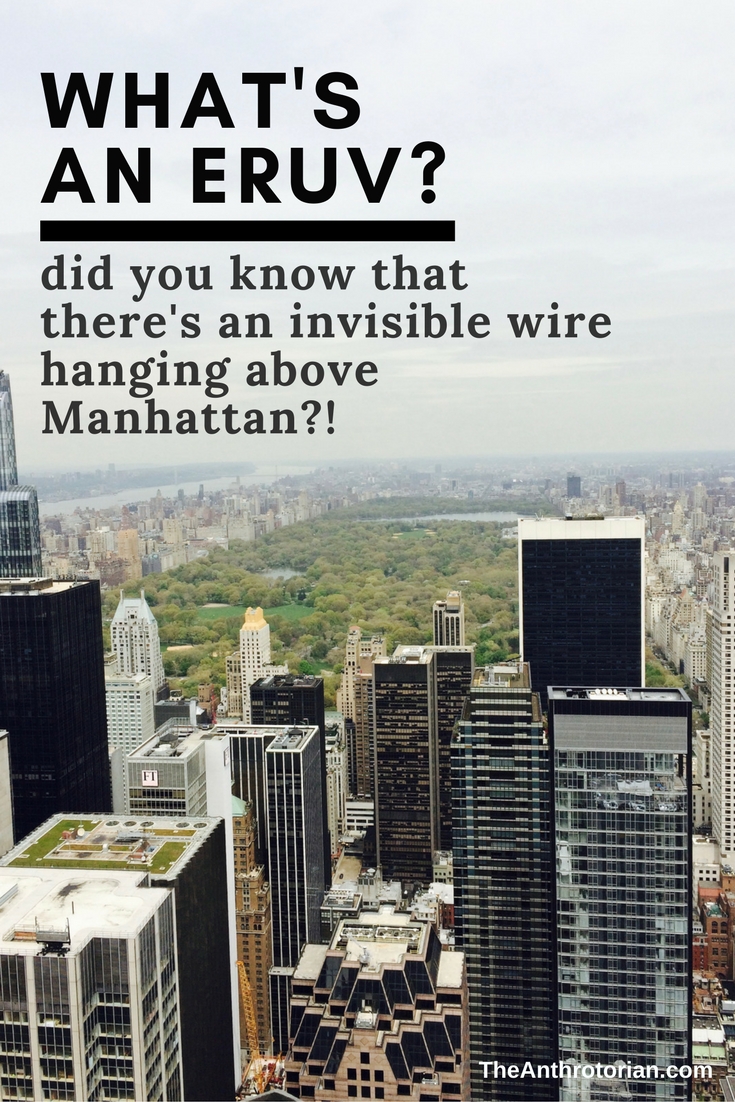It was fall in South Korea, which meant kimchi-making time, and for a full week, I walked by a group of focused women, perched on small red stools in the middle of the sidewalk, pulling apart and washing hundreds of bright green heads of cabbage.
They wore long powder blue plastic gloves and were surrounded by large, chocolate brown, glazed clay pots that would hold the finished kimchi until it fermented and was ready to eat.
The concrete sidewalk under them was soaked with water running from a nearby hose and they wore plastic slippers and rolled up pant legs to keep from getting wet.
Their bodies were covered in shapeless rubber aprons and their hair was pulled back and tucked under handkerchiefs. Serious and focused, they worked non-stop, oblivious to the world around them.
If Norman Rockwell had done a South Korean version of ‘fall’, I am sure that they would be it.
If I asked any of the people that I met in South Korea what their favorite breakfast food was, they would answer, “Kimchi!”. The same question regarding lunch and dinner would garner the same response.
What is Kimchi?
South Koreans learned a long time ago that vegetables were easier to grow, and less of a strain on dwindling resources, than filling their land with domesticated animals. Until recently, the majority of South Koreans ate like vegetarians, getting all of their nutrition from the way they prepared their vegetables, tofu, rice and soup.
Kimchi has few calories and low levels of sugar but is extremely high in fiber, vitamins A & C, calcium and iron. The fermentation process also creates high levels of lactic acid bacteria and acetic acid that protect the body against getting cancer, and other germs, and because it is so nutritious, storable, and long-lasting, it became a staple in the country and the basis of the majority of traditional dishes.
The kimchi that is served with almost every meal, and the kind that the women in the street were making, is tonbaechu kimchi, made from Chinese cabbage that is aged and fermented in spicy, red peppers, anywhere from a few hours to years. Though the most common, according to the Korean Food Academy, it is only one of hundreds of different kinds of kimchi, as any vegetable can be preserved using the same process.
I pity the foreigner who can’t stomach it because if you don’t like kimchi, you don’t like Korean food. It is a part of almost 90% of traditional dishes.
Pin Me!
Related Posts
Why Learning (and teaching) English As a Second Language Isn't As Easy As You Think
Everything You Want To Know About Teaching English As a Second Language
When The Gobi Desert Ruins Your Shirt: Clothing Mishaps In South Korea
Must-Visit Destination: Exploring Jeju Island In South Korea
The Jjimjilbang Experience: Getting Naked With The Locals In South Korea






































